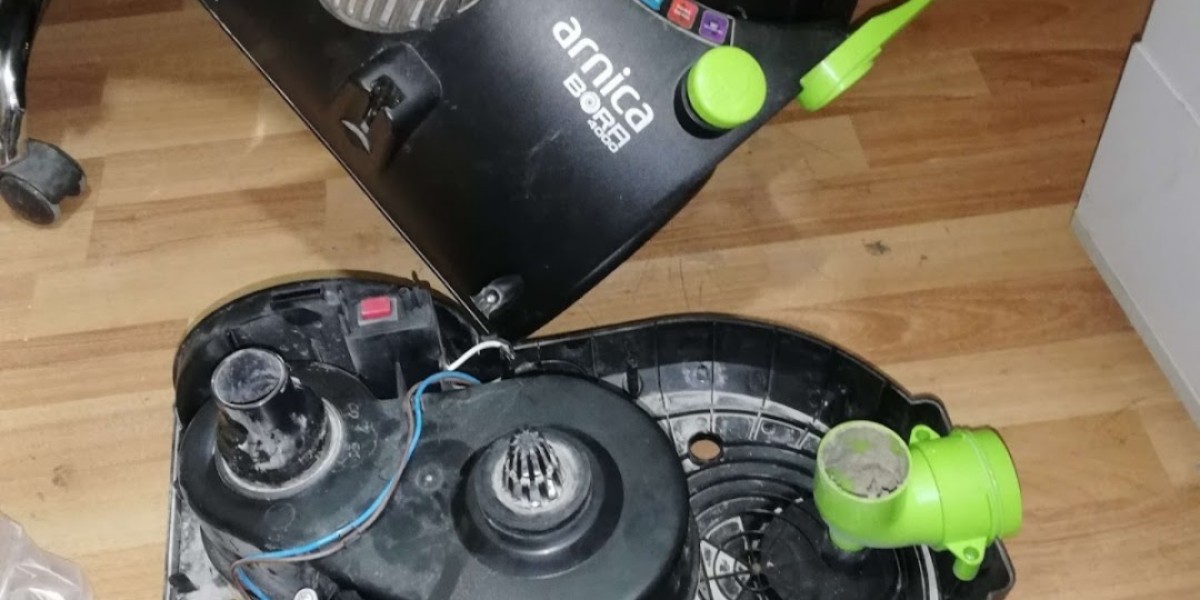In the field of geotechnical engineering, the reliability of foundation structures is paramount. The use of effective pile integrity test equipment is essential to assess the condition of piles and ensure they meet required safety and performance standards. At Piletest, we understand the importance of precision and accuracy in testing and offer state-of-the-art solutions to meet the needs of engineers and contractors alike.
What is Pile Integrity Testing?
Pile integrity testing is a non-destructive testing method that evaluates the physical condition of deep foundations. This testing is crucial for determining the quality of concrete, identifying defects, and ensuring that piles are capable of bearing the expected loads. The two primary methods used in pile integrity testing are the Low Strain Impact Test and the Sonic Test, each utilizing specialized equipment to yield accurate results.
Low Strain Impact Test Equipment
The Low Strain Impact Test is widely regarded for its effectiveness and simplicity. It involves striking the pile with a small hammer and measuring the resultant wave reflections. The key equipment used includes:
Impact Hammer: A calibrated hammer that provides a controlled impact force on the pile.
Accelerometers: High-precision sensors attached to the pile to measure the response of the pile to the impact.
Data Acquisition System: A robust system that captures and analyzes the signals received from the accelerometers, allowing for detailed evaluation of the pile’s integrity.
Sonic Testing Equipment
Sonic testing, another significant method, involves sending sound waves through the pile and analyzing their propagation. The equipment used for sonic testing includes:
Transducers: Devices that generate and receive sound waves, converting them into electrical signals.
Oscilloscope or Analyzer: This device visualizes the waveforms and helps in assessing the condition of the pile.
Signal Processing Software: Advanced software that interprets the collected data, providing insights into the pile’s structural integrity.
Benefits of Using Advanced Pile Integrity Test Equipment
1. Non-Destructive Evaluation
One of the most significant advantages of using pile integrity test equipment is that it allows for non-destructive evaluation. This means that the testing process does not damage the pile, ensuring that it remains intact for future use. This non-invasive approach is essential for maintaining the structural integrity of foundations while gathering crucial data.
2. Early Detection of Defects
Early detection of defects is vital in preventing potential failures. Advanced testing equipment can identify issues such as voids, cracks, and inadequate concrete quality before they become critical problems. This proactive approach can save significant costs and time by allowing for timely repairs or modifications.
3. Comprehensive Data Analysis
Modern pile integrity test equipment provides comprehensive data analysis capabilities. The use of advanced software allows engineers to generate detailed reports that include graphical representations of the test results. This level of detail aids in making informed decisions regarding foundation integrity and necessary remediation.
Key Features to Look for in Pile Integrity Test Equipment
When selecting pile integrity test equipment, several features should be prioritized to ensure optimal performance:
1. Portability
Portable equipment is essential for field testing, allowing engineers to easily transport tools to various job sites. Lightweight and compact designs enhance usability and efficiency in field operations.
2. User-Friendly Interface
A user-friendly interface simplifies the operation of the equipment. Intuitive controls and clear displays facilitate efficient testing processes, enabling users of varying expertise levels to perform tests accurately.
3. Advanced Data Processing Capabilities
Equipment that offers advanced data processing features is crucial for obtaining accurate results. Look for systems that can handle complex analyses and generate comprehensive reports that are easy to interpret.
4. Durability and Reliability
Given the challenging environments in which pile integrity testing often occurs, equipment must be durable and reliable. High-quality materials and construction ensure that the equipment can withstand adverse conditions and continue to deliver accurate results.
The Role of Piletest in Pile Integrity Testing
At Piletest, we pride ourselves on offering cutting-edge pile integrity test equipment that meets the highest industry standards. Our products are designed to provide accurate, reliable, and efficient testing solutions that support the integrity of foundations in various applications, from residential to large-scale commercial projects.
Expert Consultation and Support
In addition to our high-quality equipment, we offer expert consultation and support to our clients. Our team of experienced professionals is available to assist in selecting the appropriate testing equipment, providing training on its use, and offering ongoing support throughout the testing process.
Innovative Technology Integration
We continuously integrate innovative technologies into our equipment to enhance functionality and ease of use. By leveraging the latest advancements in engineering and data analysis, we ensure that our clients have access to the most effective tools available for pile integrity testing.
Conclusion
In conclusion, the use of reliable pile integrity test equipment is essential for ensuring the safety and longevity of foundation structures. With the ability to conduct non-destructive testing, early defect detection, and comprehensive data analysis, the right equipment empowers engineers and contractors to make informed decisions. At Piletest, we are committed to providing industry-leading solutions that enhance the quality and safety of construction projects, reinforcing our dedication to excellence in geotechnical engineering.






